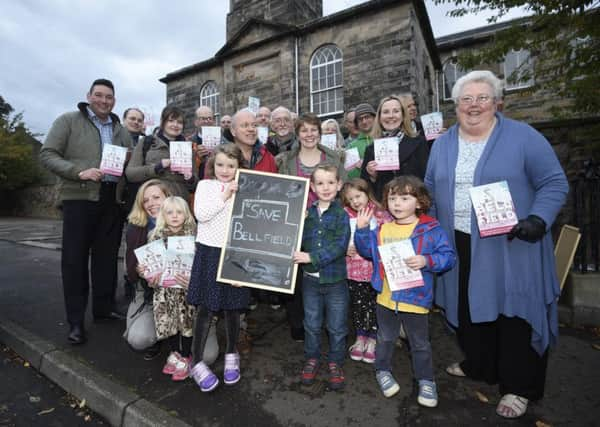Ian Swanson: Flagship policy has run aground in Sick Kids case


Action Porty’s successful bid for the former Portobello Old Parish Church in Bellfield Street was the first urban community buy-out under Scottish Government legislation.
A determined band of volunteers had put enormous efforts into drawing up plans, gathering community support and going through the procedures laid down for a buy-out.
Advertisement
Hide AdAdvertisement
Hide AdEnvironment Secretary Roseanna Cunningham, whose remit includes land reform, was full of praise. She said: “I want people in urban communities across Scotland to look at this and say ‘we can do this too’.”
But when another community group in the Capital tried to follow suit on a bigger scale, their efforts ended in frustration.
The proposed buy-out of the Sick Kids hospital site near the Meadows was an ambitious project. The hospital is due to move to a new site at Little France next year and it was clear developers were keen to get their hands on the land.
Local residents came together and formed the Marchmont and Sciennes Development Trust (MSDT) to pursue a community buy-out. They wanted to see the old site used for affordable co-operative housing, healthcare, nursery facilities, social enterprise space and a multi-purpose community hall.
Advertisement
Hide AdAdvertisement
Hide AdThey collected the required number of signatures to show public support and submitted their application for the right to be given first refusal on the site.
The Scottish Government briefly ordered a halt to any sale of the site by NHS Lothian while the application was considered. But then it told the trust its application was not valid since the site was owned by two separate organisations – NHS Lothian and its charitable trust, the Edinburgh and Lothians Health Foundation – even though it was being marketed as one site.
The trust volunteers had to work out which bits of the site were owned by which body and redraft their application. In the meantime the embargo on sale of the site was lifted. The trust put in its revised application as required – only to be told there was a further problem: all those signatures they had collected were now out of date and would have to be canvassed again. But the volunteers got stuck in, did the necessary work and submitted their application for the third time.
But by the time the government got round to saying it could proceed to the next stage, it was too late – NHS Lothian had done a deal with Liverpool-based property developers the Downing Group. The chance of a community buy-out had gone.
Advertisement
Hide AdAdvertisement
Hide AdIt left a bitter taste. When the issue was raised with Nicola Sturgeon she said: “At all stages in the process, NHS Lothian complied with the requirements of the law. At all stages in the community right-to-buy process, the community land team processed the applications in line with the legislation.”
There’s no way of knowing whether the trust’s bid would ultimately have succeeded.
The repeated delays and difficulties raise questions about the hurdles such bids face and how much help is available for communities to overcome the red tape if this “flagship” policy is to bear fruit.